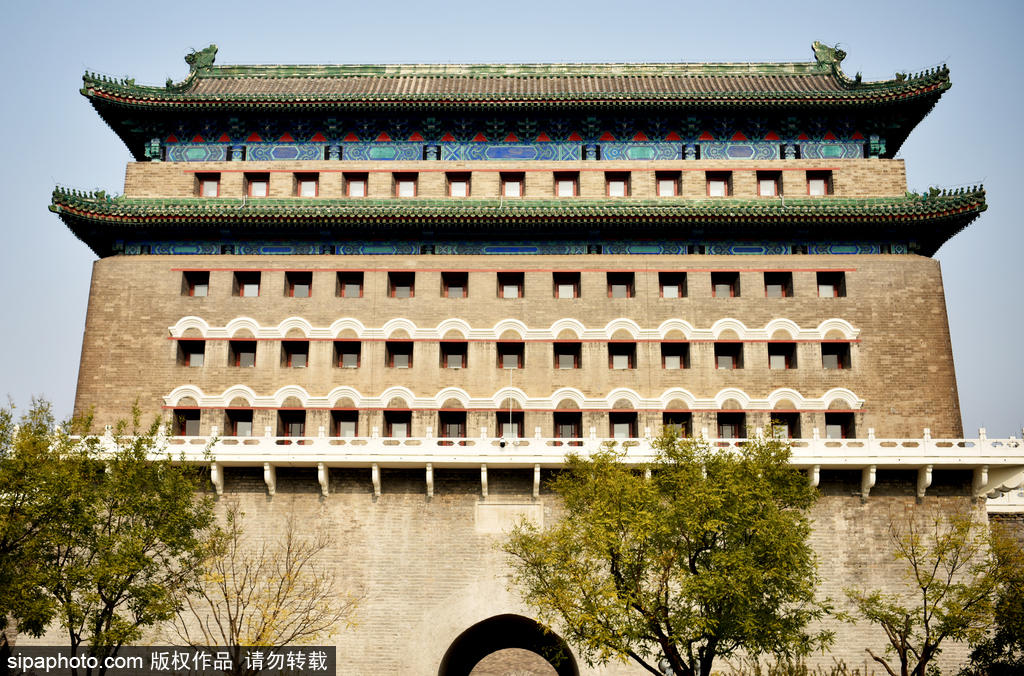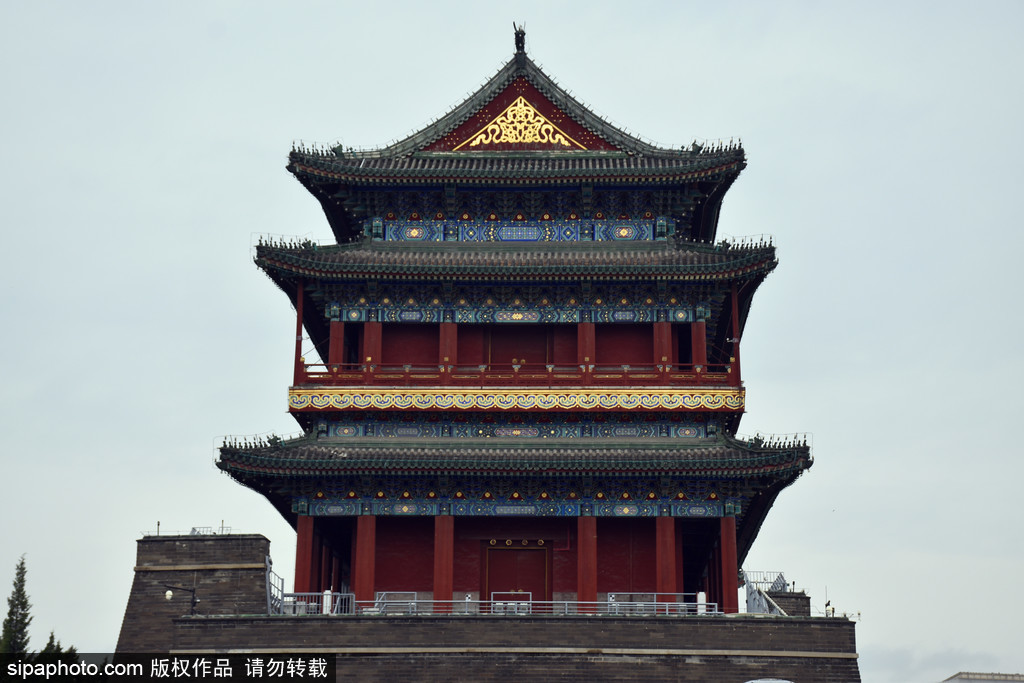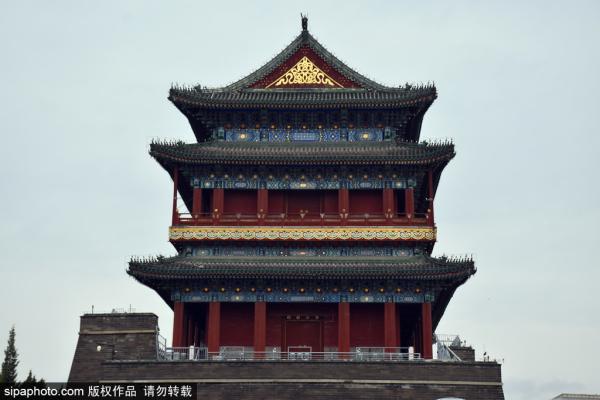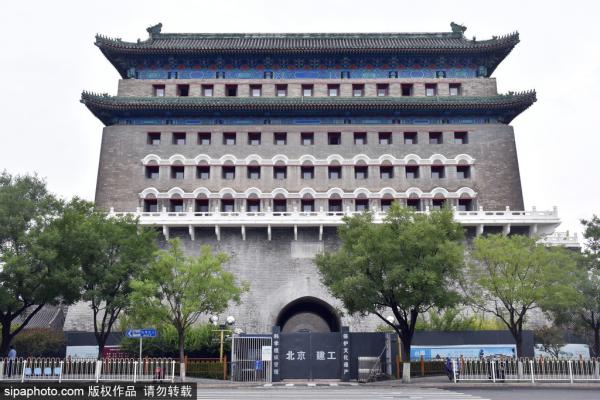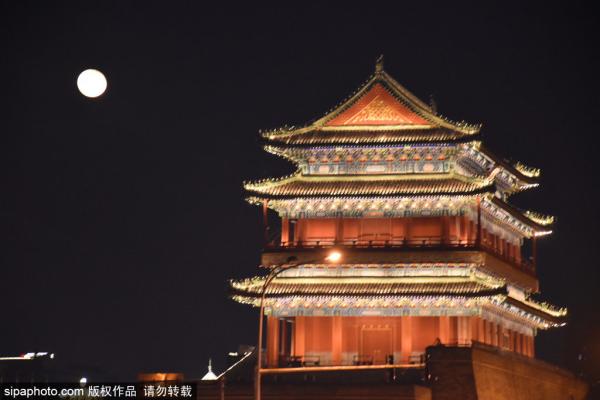Zhengyangmen Gate (正阳门)
Beijing Zhengyangmen Gate, formerly known as Lizhengmen Gate, commonly known as Qianmen Gate, is located on the central axis of Beijing.
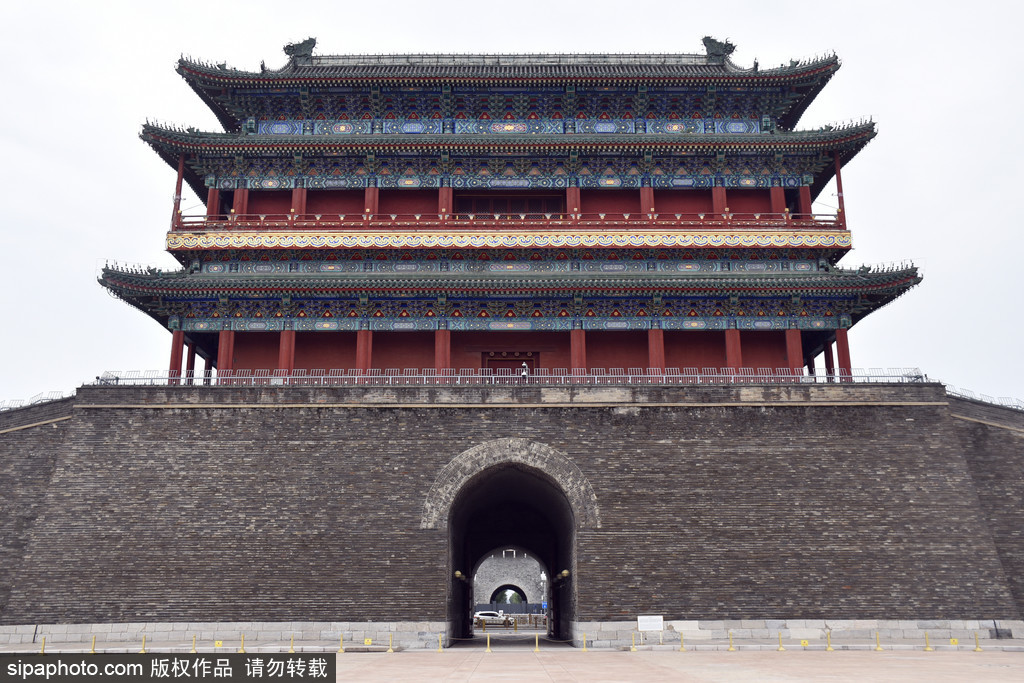
-
Tel:
86-10-63017993 -
Best Time to Visit:
All year -
Duration:
1-2 hours -
Admission:
Free Free -
Opening Hours:
09:00 - 16:00
Description
Zhengyangmen Gate (正阳门)
The Zhengyangmen Gate was a city gate complex for defensive purposes and with urban management functions during the Ming and Qing dynasties. As the central south gate of the inner city of Beijing in the Ming and Qing dynasties, the Zhengyangmen Gate is the largest and highest ranked city gate among the gates of Inner and outer cities, and has witnessed the traditional way of urban management in ancient China. It is one of the key viewpoints to enjoy a distant view of the Tian'anmen Square Comple...
Read MoreZhengyangmen Gate (正阳门)
The Zhengyangmen Gate was a city gate complex for defensive purposes and with urban management functions during the Ming and Qing dynasties. As the central south gate of the inner city of Beijing in the Ming and Qing dynasties, the Zhengyangmen Gate is the largest and highest ranked city gate among the gates of Inner and outer cities, and has witnessed the traditional way of urban management in ancient China. It is one of the key viewpoints to enjoy a distant view of the Tian'anmen Square Complex and an important part of the landscape in the souther section of Belling Central Axis.
Location and Layout
The Zhengyangmen Gate comprises two tall buildings oriented south-north at the southern end of Tian'anmen Square, with the gate tower in the north and the archery tower in the south.
Architecture and Landscape
The Zhengyangmen Gate as the central south gate of the inner city during the Ming and Qing dynasties, it is ranked higher in design and size than other city gates. As the iconic landmark of Beijing's framework of the walled-city, Zhengyangmen Gate Tower and Archery Tower are the conspicuous buildings in the Qianmen Area. On the Zhengyangmen Gate Tower, the Tian'anmen Gate and Tian'anmen Square can be viewed in the distance to the north, while the Yongdingmen Gate is visible in the distance to the south from the Archery Tower.
Functions and Traditions
As the central south gate of Beijing's inner city, the Zhengyangmen Cate had the combined functions of military defense, urban management, and ceremonial traditions. The Imperial Road beneath the Gate was preserved for the emperor when he left the city for activities such as the sacrificial ceremonies in the southern suburbs and the hunting tours to the Nanyuan (Southern Imperial Garden). On other days, the Archery Tower was kept closed, with local residents using the side gates under the blockhouses to the west and the east. With curfew imposed during the Ming and Qing dynasties, as a means of urban management, the Zhengyangmen Gate was opened and closed when the Bell and Drum Towers sounded the time to control the flow of citizens. The renovations of the Zhengyangmen Gate in the early 20th century witnessed the process of public transformation of Beijing Central Axis. Today, the Zhengyangmen Gate Tower and Archery Tower are open to the public as museum.
History and Development
The Zhengyangmen Gate was first built in 1419, initially only a gate structure. The gate tower, the wengcheng barbican, the archery tower, and the west and east blockhouses were added between 1436 and 1439. Simultaneously, the Zhengyangmen Bridge and the archway were built south of the Zhengyangmen Archery Tower. In the Ming and Qing dynasties, the Zhengyangmen Gate was repeatedly damaged and reconstructed. With the completion of the Zhengyangmen West Station on the Beijing-Hankou Railway and the Zhengyangmen East Station on the Beijing-Shenyang Railway, the Zhengyangmen Gate area became Beijing's transportation hub, and the traffic flow in the surrounding areas increased dramatically. From 1914 to 1915, the Beijing Municipal Administration Office re planned the Zhengyangmen Gate area to relieve traffic congestion. This city renovation project reflected a process of increasing public access to Beijing Central Axis. In 1990 and 1991 respectively, the Zhengyangmen Archery Tower and the Gate Tower were opened as museums.
Gallery
Latest News
Explore

Xiannong Altar
The Xiannong Altar was built in the eighteenth year of Yongle of Ming Dynasty (1420), formerly known as the "Shanchuan Altar (Mountain and River Altar)"; the general layout of which was formed during the Jiajing period in Ming Dynasty.
Yongdingmen Gate
Yongdingmen Gate was built in the thirty-second year of Jiajing in the Ming Dynasty (1553), which is more than 130 years later than Zhengyangmen Gate (built in 1419), which is also located on the central axis. This is because Yongdingmen is the gate of the outer city, and Beijing City had no outer city at the beginning of its construction during the Yongle period of the Ming Dynasty.
Jingshan Park
The Jingshan Park is a picturesque royal garden and the largest garden to appreciate the peonies. Jingshan's history dates back to the Liao and Jin dynasties, almost a thousand years ago. It is one of the oldest and most completely preserved imperial gardens in China, and used to be an integral part of the imperial palace.
Do You Know

Today's Zhengyangmen Gate and Watchtower
Today, the Gate and Watchtower of Zhengyangmen Gate have already become places for ordinary people to relax. Qianmen Street and Dashilan to the south of Zhengyangmen Gate are also popular commercial areas frequented by tourists from all over the world.
